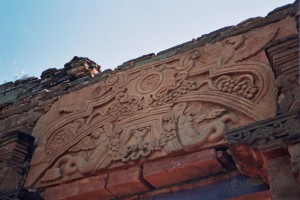 |
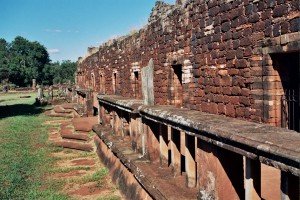 |
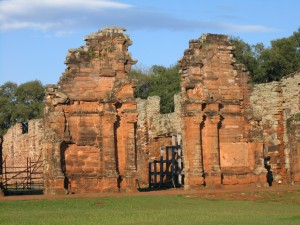 |
An entire chapter could and perhaps should, be dedicated to the history of the Jesuit Missionaries in the northeast of Argentina, however, we shall only briefly discuss them below. The Jesuit priests arrived soon after the initial conquistadors, and developed methods to spread the words of Jesus throughout the indigenous communities of the region. The areas most affected by the missionaries were the Provinces of Cordoba and Misiones. The phenomenon began in Brazil and Paraguay where the Jesuits and entire tribes of Guaranies fled to escape the slave hunters known as Paulistas. Their escape was of a mythical standard as they traveled around the Parana River and passed by Iguazu Falls before eventually settling in the Province of Misiones.
The Jesuits organized communities of Guaranies who at their height numbered between 3,000 and 4,000 people. They constructed small towns, organized around a church and central plaza. Each family had its own place to live while pubescent boys and girls were housed in separate buildings. The Guarani chiefs supplied order and ensured that work was completed. The Jesuits used the Guarani music and rituals in order to guide them and channel their energy in a productive way. Musical instruments were made and became a profitable form of external commerce while also providing a means of well-paying work for the craftsmen in the City of Buenos Aires after the missions were destroyed. The missions reached such a high level of economic organization and prosperity that they created envy and became a threat to the Spanish Conquistadors who had to force work upon the native population. While the Jesuits were successful in motivating the Guarani, through peaceful methods, the Spaniards could only do so by the use of force. In 1767, Spain and Portugal both decided to expel the Jesuits by declaring their presence illegal. The missions were destroyed and the native populations were left to themselves. It was not until the beginnings of the Twentieth Century when the missions were found deep in the tropical forest of Misiones that their worth was recognized. Today the ruins offer a unique insight into a truly unique experiment in the history of Evangelization.
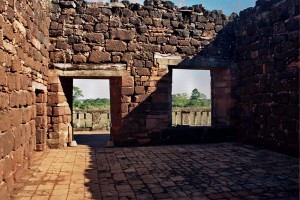 |
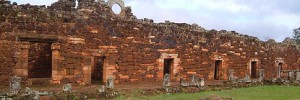 |


